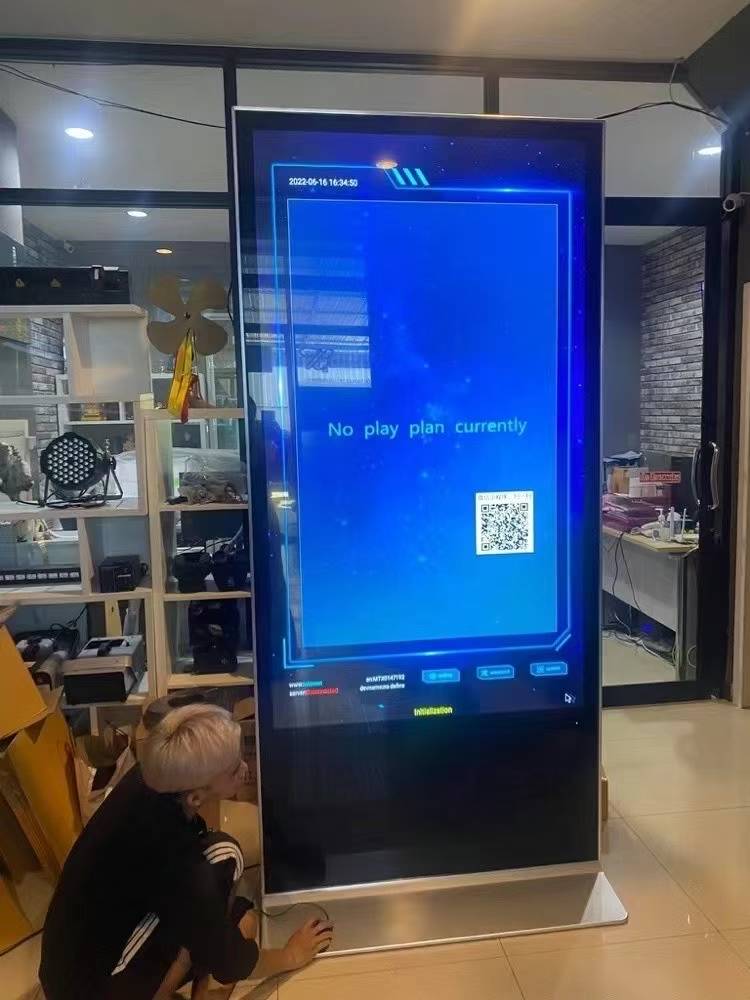How Operating System Choices Affect Your Digital Signage Performance
Introduction
Digital signage has become a crucial tool for businesses, educational institutions, and public spaces to deliver dynamic content. However, the performance of a digital signage system heavily depends on the underlying operating system (OS). The choice of OS affects stability, security, compatibility, and overall user experience. This article explores how different operating systems—such as Windows, Android, Linux, and proprietary solutions—impact digital signage performance.
1. Windows-Based Digital Signage
User-Friendly Interface: Windows (especially Windows 10/11 IoT) is familiar to most users, making setup and management easier. Wide Software Support: Many digital signage software solutions, such as ScreenCloud, Yodeck, and Xibo, are optimized for Windows.
Hardware Compatibility: Supports a broad range of media players and high-end GPUs for 4K/8K displays.
Higher Cost: Licensing fees increase deployment costs.
Security Risks: Windows is a common target for malware, requiring regular updates and antivirus software.
Resource-Heavy: Requires more RAM and CPU power compared to lightweight OS alternatives.
Best for: Businesses that need advanced features and have IT support for maintenance.
2. Android-Based Digital Signage
Affordable & Scalable: Android-based media players (e.g., BrightSign, Samsung SMART Signage) are cost-effective.
App Ecosystem: Supports numerous digital signage apps via Google Play.
Low Power Consumption: Runs efficiently on low-end hardware.
Limited Customization: Some versions restrict deep OS modifications.
Fragmentation: Different Android versions may cause compatibility issues.
Security Concerns: Older Android versions may lack security updates.
Best for: Small businesses and retail stores needing simple, budget-friendly solutions.
3. Linux-Based Digital Signage
Stability & Reliability: Linux rarely crashes, ensuring continuous playback.
Open-Source Flexibility: Customizable for specific needs (e.g., Raspberry Pi digital signage).
Low Hardware Requirements: Runs smoothly on lightweight devices.
Steeper Learning Curve: Requires technical expertise for setup and troubleshooting.
Limited Commercial Software: Fewer proprietary digital signage solutions compared to Windows.
Best for: Tech-savvy users and enterprises needing a secure, long-term solution.
4. Proprietary & Embedded OS Solutions
Some digital signage players (e.g., BrightSign, LG webOS Signage) use custom OS versions optimized for signage.
Optimized Performance: Designed specifically for digital signage, reducing bloatware.
Enhanced Security: Less vulnerable to malware due to restricted access.
Remote Management: Often include cloud-based control panels.
Vendor Lock-In: Limited to manufacturer-supported software.
Higher Initial Cost: Specialized hardware can be expensive.
Best for: Large-scale deployments where reliability is critical (e.g., airports, corporate displays).
Conclusion
The operating system directly impacts digital signage performance in terms of stability, security, and functionality. Windows offers versatility, Android provides affordability, Linux ensures reliability, and proprietary OS solutions deliver optimized performance. Businesses must evaluate their specific needs—whether it’s cost, scalability, or security—before selecting the best OS for their digital signage network.

